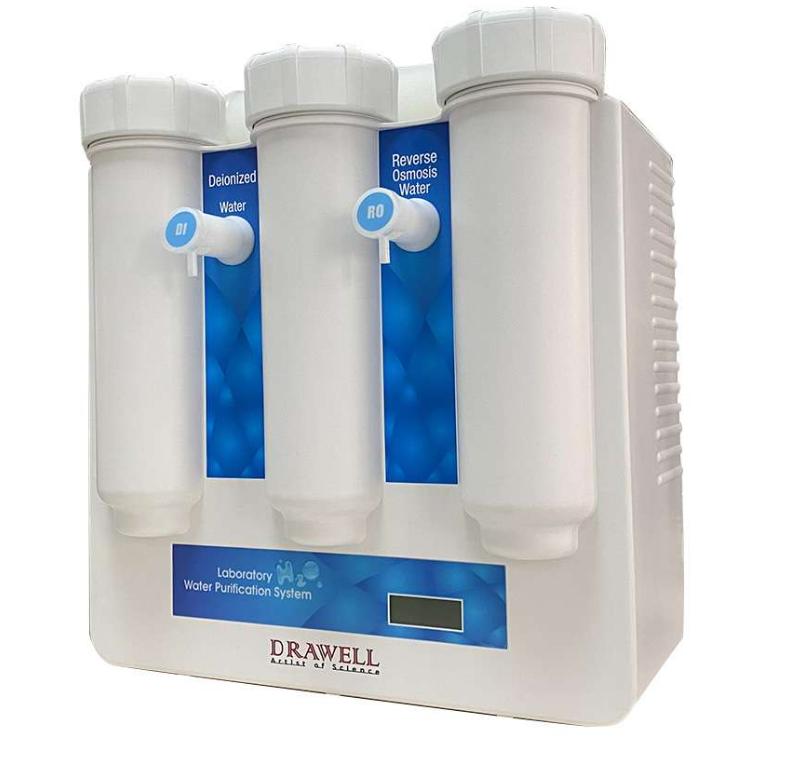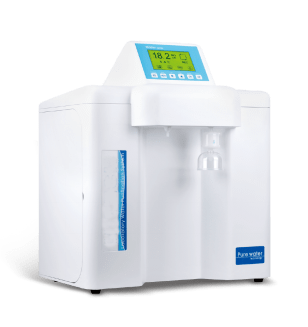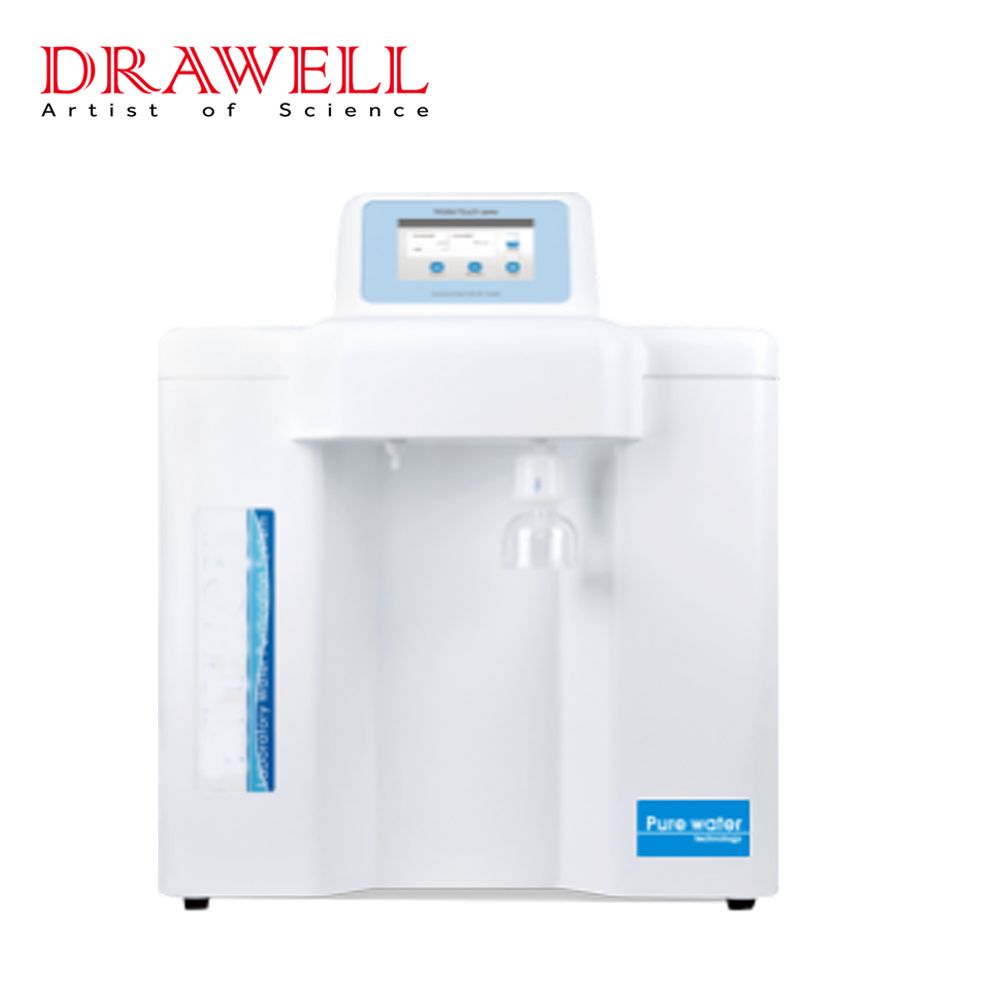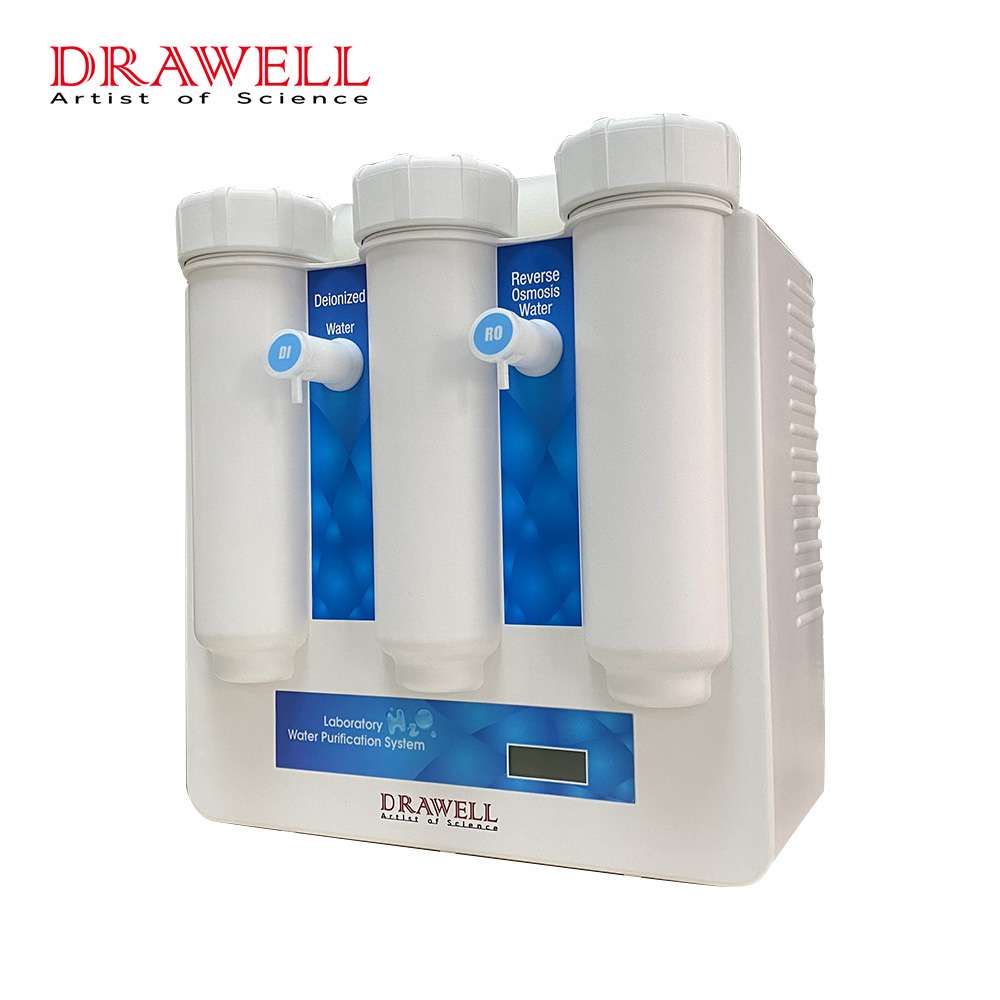Access to safe and clean drinking water is critical to human health and well-being. Water sources in many regions of the world, however, can be contaminated with chemicals and toxins that endanger human health. Making a water purification system can help address this problem by filtering out hazardous elements and ensuring that the water you drink is safe. In this article, we’ll introduce the process of how to make a water purification system, with a step-by-step guide to create a basic water purification system and the precautions during the making process.

What is the Step-by-step Guide to Make a Water Purification System?
Materials Needed:
- Container: A large container or bucket to hold the untreated water.
- Filter Medium: Various materials can be used as filter media, depending on availability and filtration requirements. Sand, gravel, activated carbon, and fabric are all possibilities.
- Activated Charcoal: Activated charcoal is very good at removing pollutants, smells, and heavy metals from water.
- Cloth: A piece of cloth, like a cotton T-shirt, can help filter out larger particles.
- Hose or Pipe: To direct the purified water from the system to a clean container.
- Drill: For making holes in the container and lid.
- Water Source: The untreated water that you intend to purify.

A Detailed Step-by-Step Guide
- Prepare the Container
Drill a small hole towards the bottom of the container you’ve chosen for your purifying system. This aperture will allow the cleansed water to exit. Drill another hole in the lid to accommodate the hose or pipe.
- Assemble the Filtration Layers
- First Layer: Cover the bottom of the container with a layer of cloth. This will aid in the removal of bigger debris and sediment.
- Second Layer: Apply a layer of fine sand over the fabric. This will catch tiny particles and serve as the first stage of filtration.
- Third Layer: Add a layer of activated charcoal on top of the sand. Adsorption of chemicals, pollutants, and smells is excellent with activated charcoal.
- Fourth Layer: Add a layer of gravel. This will further assist in the filtration process.
- Set Up the Outlet
Insert a hose or pipe through the container lid’s hole. This is the outlet via which the cleansed water will flow.
- Test and Adjust
Before utilizing the system with untreated water, test it with clean water to confirm that it works properly and that water flows freely between the layers. If necessary, adjust the layers to improve the flow.
- Fill and Filter
Fill the container halfway with untreated water from your tap. Impurities will be contained as water travels through the layers of cloth, sand, activated charcoal, and gravel, and cleaner water will pass through.
- Collect Purified Water
To collect the filtered water, place a clean container beneath the hose or pipe. Allow the water to run through the system until the necessary amount of filtered water is collected.
- Maintenance
Clean and replace the filter media on a regular basis when it becomes clogged or less effective. This ensures that your water purifying system continues to function properly.

What should be Paid Attention to When Making a Water Purification System?
Creating a water purification system requires careful planning, understanding, and attention to detail.
Water Source Quality
Before you begin, evaluate the quality of your water source. Learn about the several sorts of contaminants that may be present, such as sediments, bacteria, viruses, chemicals, and heavy metals. This understanding will guide your selection of filter media and procedures.
Layering and Sequence
The order of the filtration layers is important. Begin with a coarse layer (e.g., cloth or cotton) to remove larger particles, then proceed on to finer layers (e.g., sand, activated charcoal) for complete purification. The sequence guarantees that particles are removed as efficiently as possible.
System Design
Design your purification system with efficiency and usability in mind. Make sure the water flows properly through the layers and that you have a handy means to collect the filtered water.
Flow Rate
Consider the flow rate of water when constructing your system. If the flow rate is too high, the filtration media may not be able to remove all impurities completely. The system may be inefficient if it is too slow.
Filter Replacement Frequency
Filters can become clogged by various pollutants at varying speeds. Monitor the functioning of your system and create a timetable for replacing or cleaning filters based on observed reductions in flow rate or water quality.
Bacterial Contamination
Basic filtration methods may not effectively eliminate bacteria and viruses. If your water source is potentially contaminated with microorganisms, consider supplementing your system with methods like boiling, UV treatment, or chemical disinfection.
Health and Safety
Check that all of your filtration system’s components are suitable for interaction with drinking water. Use materials that will not leech dangerous compounds into the water.
Regulations and Standards
Learn about local legislation and water quality standards. This will assist you in ensuring that your system meets all relevant safety regulations.
You can make an effective and dependable method of providing clean and safe drinking water by taking into account the criteria described above and adapting your system to your specific demands and water source conditions.
Summary
Making a water purification system can give an extra layer of protection against waterborne pollutants. You may construct a simple yet effective solution to make your water safer to drink by following these instructions and using easily available items.

